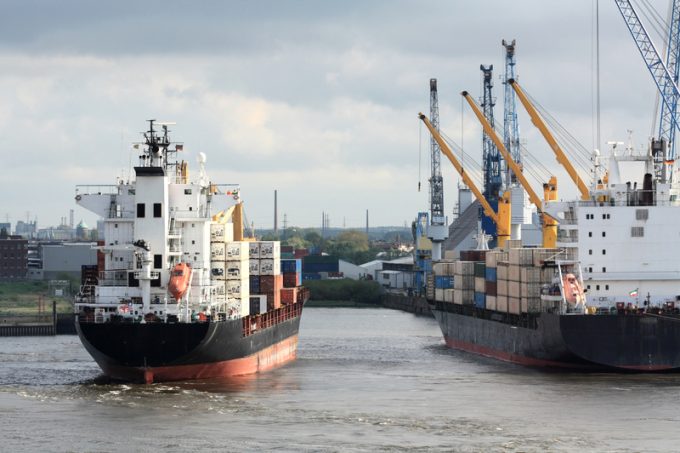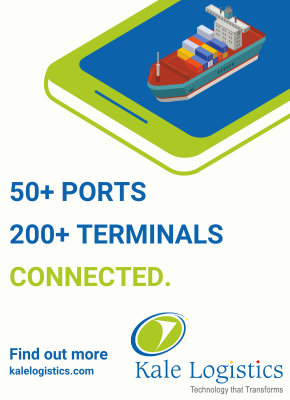
Analysts agree there is no recovery in sight for the beleaguered containership charter market, which is facing its biggest crisis since the 2008 financial crash.
However, unlike that bleak period for shipping, which ultimately resulted in a strong recovery for charter rates, this time the fundamentals are quite different.
Overcapacity, stemming from the ordering strategy of carriers has been exacerbated by a growth slowdown in China and ultra-low oil prices. And according to the latest report from Alphaliner, with the possible exception of very small feeders, all containership sectors are struggling badly, with owners obliged to accept sub-economic charter rates and pay for positioning costs just to keep their ships busy.
The revenue earned in charter hire is seen by owners as a “contribution” to vessel overheads, but is often insufficient to cover mortgage payments on the ship.
Thus “zombie ships”, as they have become known in shipbroking circles, are masking the parlous state of container shipping.
Commentators generally point to laid-up tonnage and ship deletions as health barometers of the industry, but in the past year, these have proved to be less than reliable as indicators. Despite chronic overcapacity and weak demand the number of laid-up containerships has only inched up relatively, with Alphaliner’s idle tonnage register at 11 January reflecting a net increase of just six ships in the previous two weeks.
In fact, the total number of idled ships, 337 (1.35m teu), represents only 6.8% of the world’s cellular fleet; a figure that is clearly artificially low given current industry fundamentals.
While some smaller ships were added to the laid-up fleet during the period, Alphaliner notes that several ships of 7,500 teu and above were returned to service ahead of the Chinese New Year holiday, albeit that after the peak pre-CNY weeks these ships are again likely to become surplus to carrier requirements.
The demand for 7,500-9,500 teu ships is “next to zero”, said Alphaliner, adding that there are still 12 vessels of 7,800-8,800 teu seeking employment in Asia.
It follows that, when time charters expire for these vessels, ocean carriers will return them to owners if they cannot find the ship a service that provides a return for the line..
Meanwhile, if the vessels are long-term chartered or carrier-owned, the container lines are endeavouring to push bigger ships into traditionally smaller trades, as has been seen in South America and West Africa, which can often throw the market out of kilter and ignite rate wars between carriers.
Elsewhere, the number of containerships sold for scrap last year, 93 (213,000 teu), was half the 2014 tally – but this had more to do with the falling price of steel than anything else. However, there has been a pick-up recently in the demolition market, as owners reluctantly accept that scrappage rates are likely to remain low for some time – somewhere south of $300 per ldt, compared with $500 a year ago.





